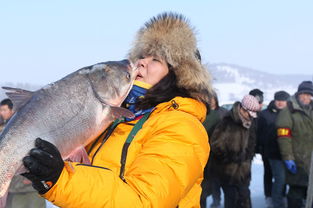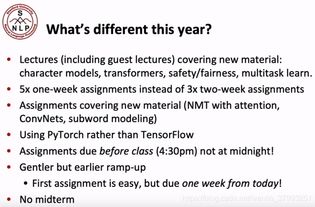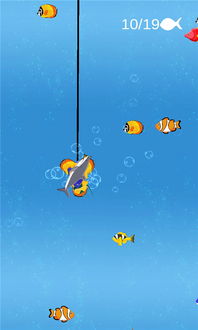Introduction:
Winter, with its crisp air and serene landscapes, offers a unique and tranquil setting for anglers to enjoy the art of fishing. Hand reel fishing, in particular, becomes a delightful pastime as the cold weather brings its own set of challenges and rewards. This article delves into the essential techniques for mastering hand reel fishing during the winter months, ensuring you have an unforgettable angling experience.
Selecting the Right Equipment:
The foundation of a successful winter hand reel fishing trip lies in choosing the right equipment. Here are some key considerations:
a. Rod and Reel:
- Rod: Opt for a lightweight, flexible rod that can handle the lighter line and smaller baits typically used in winter. A rod with a fast action is ideal for quick hook sets and playing fish.
- Reel: A hand reel with a smooth drag system is crucial. Look for a reel with a good balance between size and weight, as you'll be carrying it for extended periods.
b. Line:
- Monofilament: Use a monofilament line with a lower breaking strain (e.g., 4-6 lbs) to ensure it remains supple in cold temperatures.
- Leader: Attach a fluorocarbon leader of 6-12 inches to reduce visibility and protect your main line from abrasion.
c. Lures and Baits:

- Lures: Small, natural-looking lures such as jigs, spinners, and soft plastics are effective in winter. Choose colors that mimic the natural prey of the fish you're targeting.
- Baits: Live bait like minnows or worms can be highly effective, especially in colder waters where fish are less active.
Choosing the Right Location:
Winter fishing requires strategic planning to find the best spots. Consider the following:
a. Structure: Look for areas with structure such as rocks, logs, or submerged vegetation, as these provide shelter and attract fish. b. Depth: Fish tend to move to deeper waters in winter, so focus on depths of 10-20 feet. c. Water Temperature: Target waters that are closer to the ideal temperature for the species you're fishing for. Use a fishfinder to locate areas with the right temperature.
Mastering the Techniques:
Once you've set up your equipment and found a good spot, here are some techniques to help you catch more fish:
a. Patience: Winter fishing requires patience. Fish may be less active, so be prepared to wait for longer periods. b. Sensitivity: Pay close attention to your line. Even the slightest tap can indicate a bite. c. Presentation: Present your bait or lure in a natural and lifelike manner. Avoid sudden movements, as they can spook fish. d. Adjusting Your Approach: Be prepared to change your approach based on the weather and fish activity. If the fish are not biting, try different depths, baits, or lures.
Dressing Appropriately:
Winter fishing can be chilly, so it's important to dress in layers to stay warm and comfortable. Here are some tips:
a. Insulation: Wear thermal underwear or a wetsuit to retain body heat. b. Outer Layers: Choose waterproof and windproof outer layers to protect against the elements. c. Accessories: Don't forget gloves, a hat, and a scarf to keep your extremities warm.
Safety First:
Always prioritize safety when winter fishing. Here are some safety tips:
a. Check the Weather: Before heading out, check the weather forecast and be prepared for changing conditions. b. Inform Someone: Let someone know your fishing plans and expected return time. c. Carry Safety Gear: Bring a first aid kit, a whistle, and a cell phone or GPS device.
Conclusion:
Winter hand reel fishing can be a rewarding and enjoyable experience with the right preparation and techniques. By selecting the right equipment, choosing the best locations, mastering the techniques, dressing appropriately, and prioritizing safety, you'll be well on your way to catching fish in the serene winter landscape. So, bundle up, grab your gear, and get ready to enjoy the beauty and tranquility of winter fishing.












